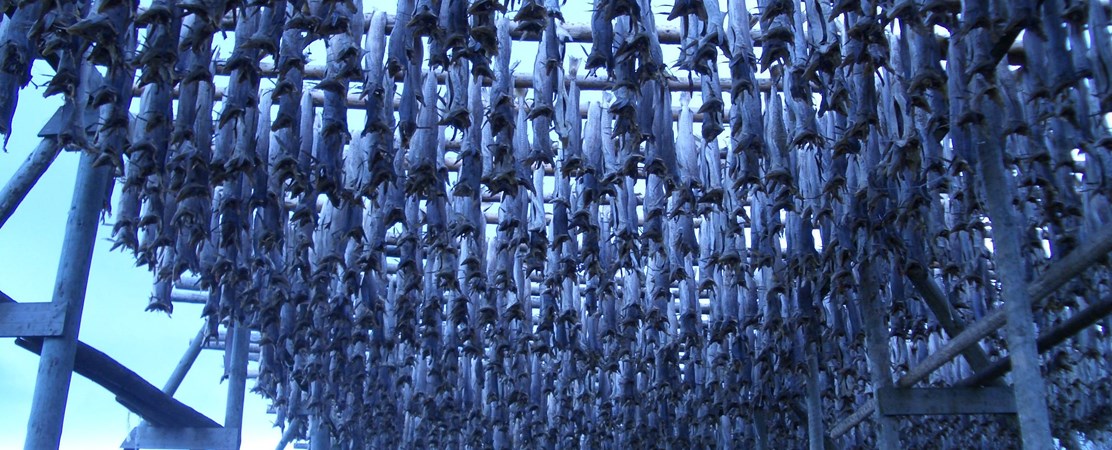Food and Water Security in the Arctic

By Arja Rautio, Lead of the UArctic Thematic Network on Health and Well-being in the Arctic, Research Professor, University of Oulu, and David Natcher, Professor, Department of Agriculture and Resource Economics, University of Saskatchewan
Clean water and healthy food are basic elements of good health and quality of life for circumpolar populations. Nevertheless, recent studies indicate elevated rates of household food insecurity in many places in the Arctic, eg among indigenous peoples in Chukotka, Russia and Nunavut, Canada. Community remoteness, costs and northern latitudes often restrict access to fresh and nutritious market foods.
For more than twenty years food safety has been a major focus of Arctic research, and the levels of environmental contaminants and toxic metals (mainly mercury) in wild species like fish, marine mammals, reindeer, caribou and moose have been regularly monitored by the Arctic Monitoring Assessment Programme AMAP). This has resulted in published health reports, most recently in 2015. There have also been several research projects focusing on the risks of exposure to environmental contaminants, toxic metals and radioactivity on human health within Arctic populations (see Kolarctic ENPI, ArcRisk, INNUENDO, CLEAR).
During the Swedish chairmanship of the Arctic Council, a circumpolar project on food and water security was initiated and a number of indicators were introduced. Much of this research is being conducted through the efforts of One Health and Water and Sanitation (WASH) of the Arctic Council’s Sustainable Development Working Group (SDWG). Many urban regions of the Arctic are challenged by poor water quality and access to clean water, for instance cities in the Murmansk region that lack sanitary protection zones for water sources, water processing and water disinfection. Many water, air and food-borne diseases have already increased in the Arctic Russia and Fennoscandia.
Food and water insecurity is not only limited to health and safety concerns, but also relates to access to reliable and culturally acceptable food sources. Building on the
success of One Health, in February 2016 the Arctic Council’s SDWG endorsed a complementary project that will examine the potential for increased production and added value of wild foods from the Arctic, with the overarching aim of improving food security and enhancing the social and economic conditions of Arctic communities. By focusing on biological (climate change), commercial (commercial resources, infrastructure, and resource and industry policy), cultural (food traditions and organization of food chains) and market conditions (local, national and international), this project is setting out to identify potential pathways for Arctic food production and distribution. The aim is to identify conditions for increased production, both to improve food security in northern regions, and to increase the added value of food originating in the Arctic for southern markets. Together these projects are aimed at contributing to more sustainable and healthy food systems in the Arctic.
There is an urgent need to monitor measurable quantitative indicators of food and water security in the Arctic over time, especially when climate and environmental changes together with increased industrial activities, in particular mining and shipping, will be big challenges for human health. It is important to make adaptation strategies based on the understanding the determinants of food and water security and cultural factors.
The list of references is available from Arja Rautio.
